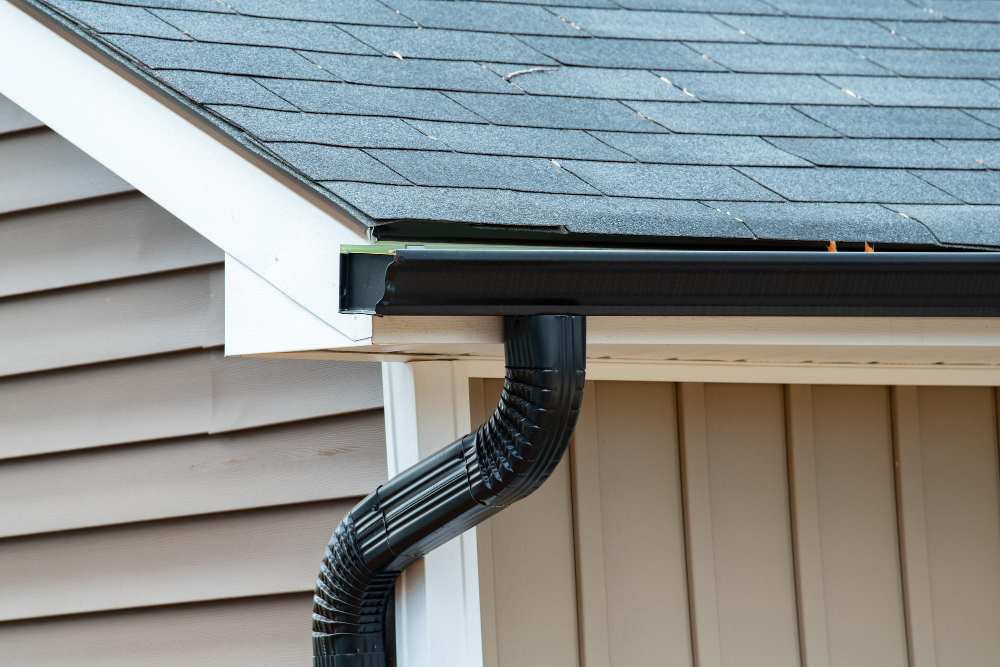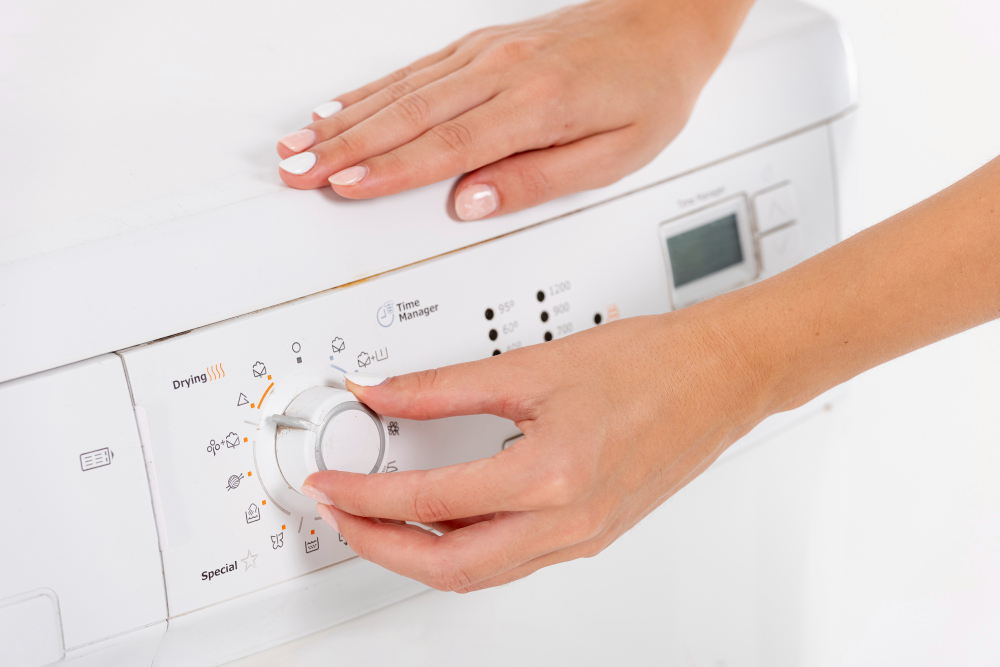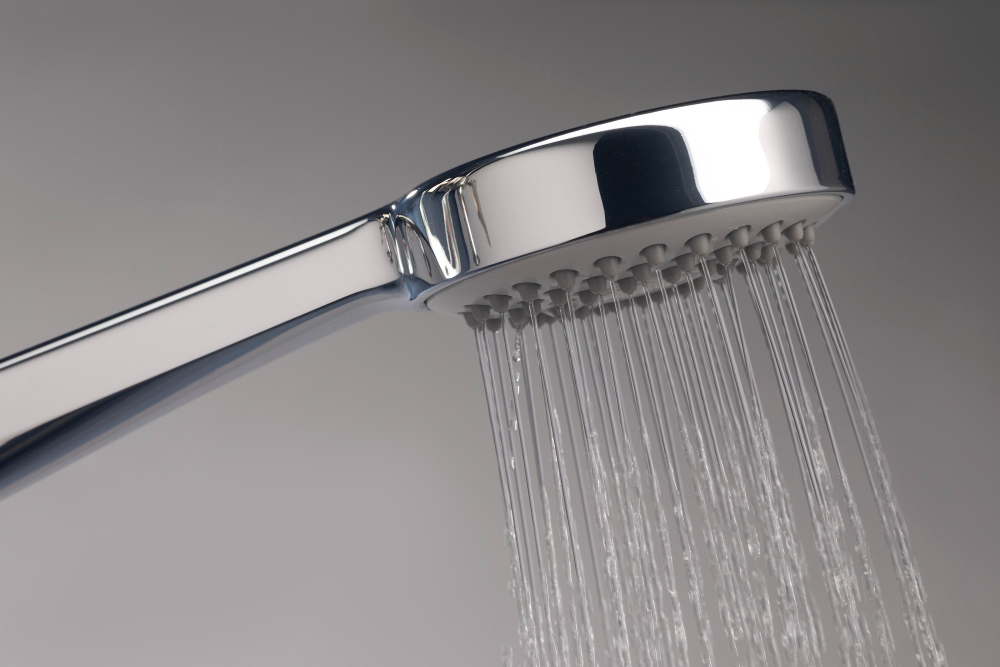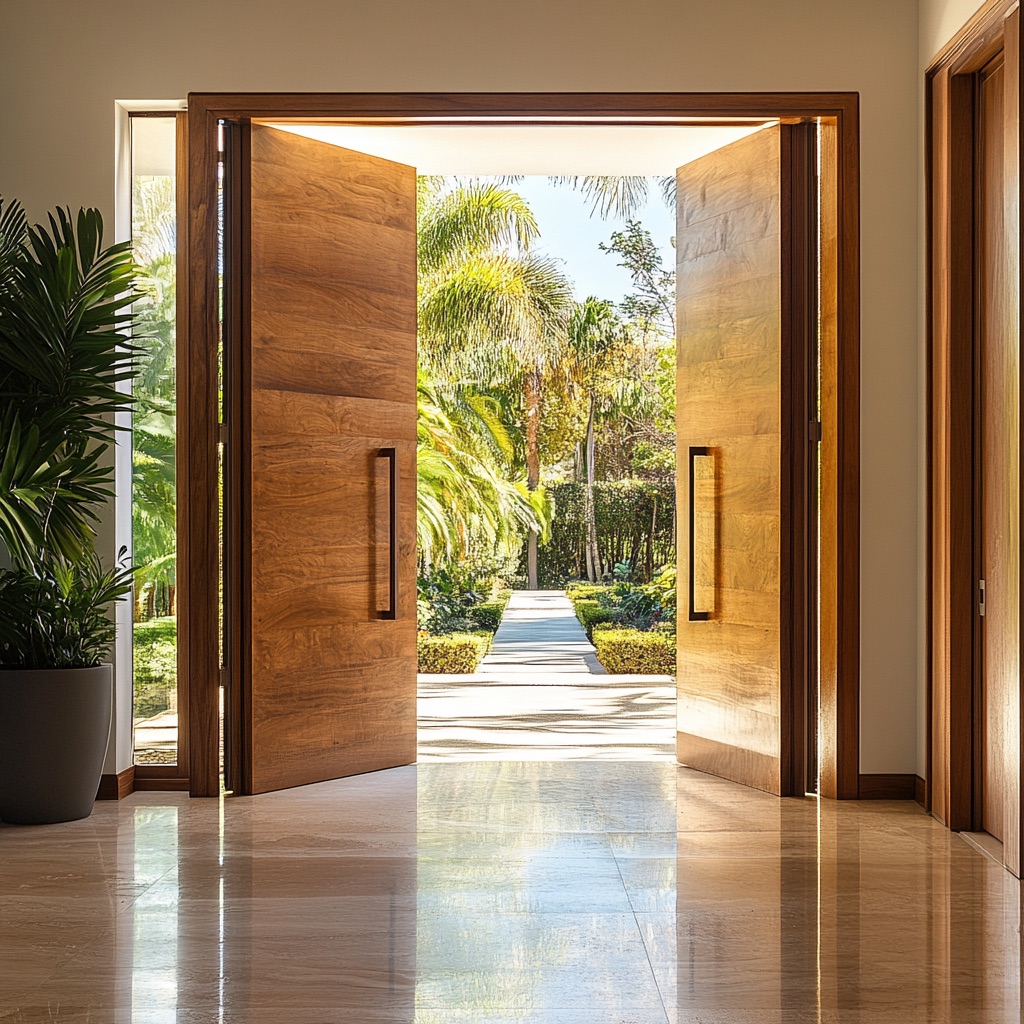Last updated on
Home improvements go far beyond aesthetics. While projects like repainting your bedroom or replacing the countertops in your kitchen will certainly add to the visual appeal of your home, they will also offer several functional benefits as well.
From improved health and safety to greater energy efficiency, there are numerous ways that home improvement can make life easier for you and your family – some of which may not be so obvious.
In this blog post, we’ll take a look at how making general improvements throughout the house can provide tangible results over time – both in terms of convenience and long-term savings.
What's Inside
Improve Air Quality with Regular Ventilation and Filtration

One of the biggest functional benefits of home improvement is improved air quality. Many homes struggle with poor ventilation, which can lead to mold growth and allergen buildup.
By installing proper ventilation systems and regularly changing air filters, you can ensure that you and your family are breathing in clean, healthy air.
Also, consider including natural ventilation options in your home improvement projects. Opening windows and using screen doors can help circulate fresh air throughout the house, reducing the need for artificial cooling and heating systems.
Keep in mind that poor air quality can lead to a variety of health issues, including allergies, asthma, and respiratory infections. By prioritizing ventilation and filtration in your home improvement plans, you are not only improving the overall functioning of your home but also investing in the well-being of your family.
Protect Your Roof and Foundation with Gutter Maintenance

Gutters may not seem like the most exciting aspect of home improvement, but they play a crucial role in protecting your roof and foundation from water damage. When gutters are clogged or damaged, water can accumulate on your roof and seep into your walls and foundation, causing costly structural damage over time.
By regularly maintaining your gutters – removing debris, repairing any damage, and ensuring proper drainage – you can prevent water from damaging your home’s foundation and keep your roof in good condition for years to come.
Your roof and foundation are essential to the overall structural integrity of your home, so it’s important to prioritize their maintenance through home improvement projects like gutter upkeep.’
If you live in Pennsylvania, for example, a Bethlehem roofing company can help you assess the state of your roof and recommend any necessary repairs or replacements. On the other hand, if you live in a warmer climate like Florida, it may be necessary to regularly clean and repair your gutters due to heavy rainfall.
Increase the Efficiency of Appliances with Energy-saving Upgrades

Another functional benefit of home improvement is increased energy efficiency. By upgrading appliances like your refrigerator, dishwasher, and washing machine to Energy Star-certified models, you can save money on utility bills while also reducing your impact on the environment.
These appliances use less water and electricity, making them not only more cost-effective but also more sustainable.
Additionally, consider installing smart home systems to regulate energy usage and reduce waste. For example, smart thermostats can learn your temperature preferences and automatically adjust the heating and cooling in your home accordingly, optimizing energy usage.
By investing in energy-saving upgrades through home improvement projects, you not only save money in the long run but also contribute to a greener future.
Also, keep in mind that some home improvement projects may also qualify for tax credits or rebates from local or federal governments. These incentives can further offset the cost of your upgrades and make them even more financially beneficial in the long term.
Reduce Water Consumption by Installing Low-flow Fixtures

In addition to energy efficiency, making improvements to your home can also lead to reduced water consumption. By installing low-flow fixtures such as toilets, showerheads, and faucets, you can conserve water and lower your monthly water bill.
These upgrades may seem small, but over time the savings add up – not only for your wallet but also for the environment.
Furthermore, consider implementing water-saving practices in your outdoor space as well. For example, using drought-resistant plants and installing a drip irrigation system can significantly reduce the amount of water needed for maintaining your lawn and garden.
The Takeaway
Home improvement is more than just a visual enhancement; it’s a step toward creating a healthier, safer, and more energy-efficient living space. By focusing on aspects like ventilation, gutter maintenance, appliance efficiency, and water conservation, we not only augment the aesthetics of our homes but also contribute to our well-being and the environment.
As you plan your next home improvement project, remember that the choices you make can have significant functional benefits, offering you convenience, long-term savings, and a more sustainable lifestyle.




